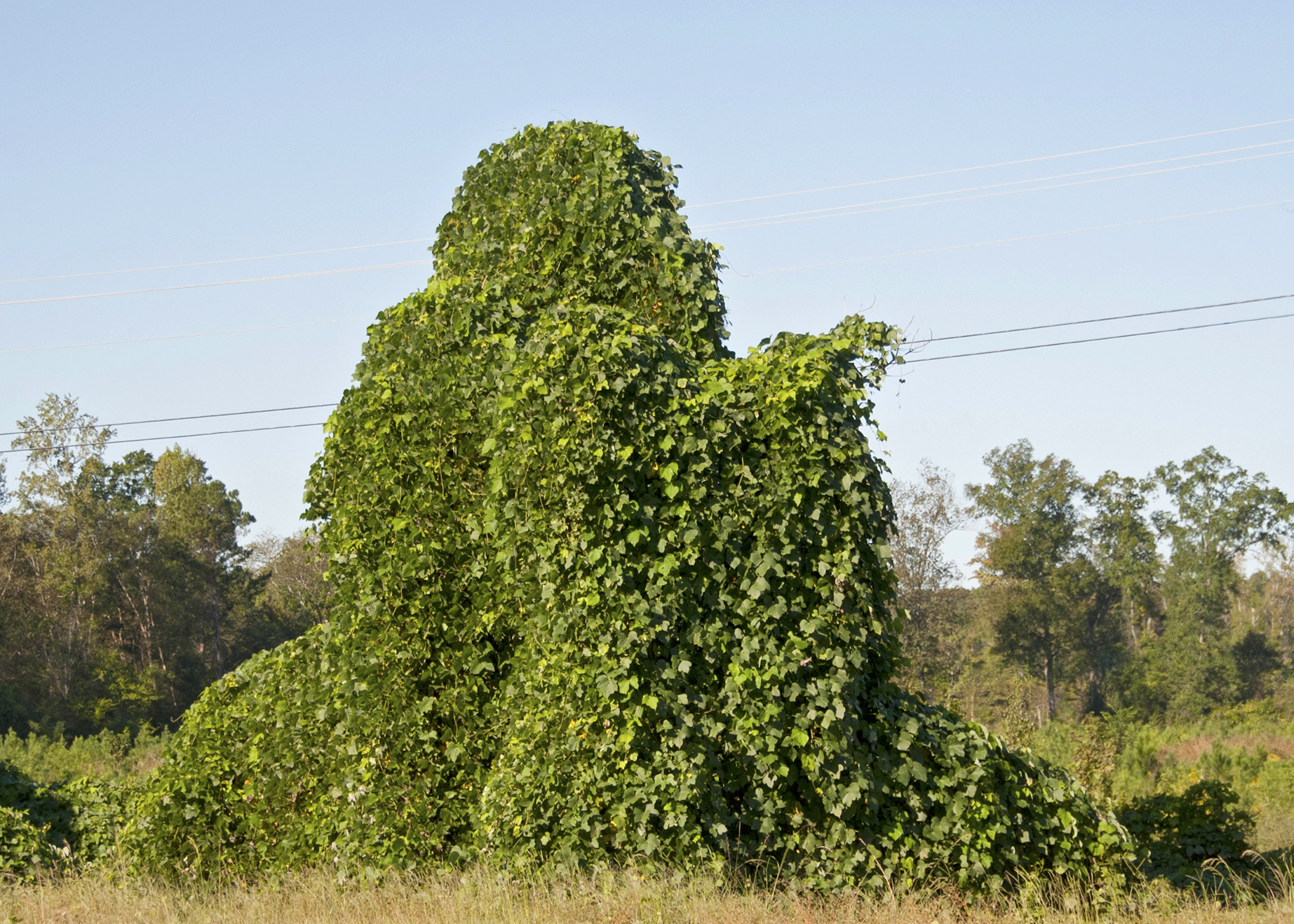Use the form below to search a list of wood using industries in the state of Mississippi.
For information contact:
Rubin Shmulsky
662-325-2116
The Wood and Water Relationship
Another aspect of forest economics is forest investment analysis. Surveys have shown that many forest landowners hold their forest land for many non-economic reasons (for recreation, to hold the land in the family, for wildlife, etc), but many also list income or financial investment as other reasons for owning forested properties. Landowners are increasingly interested in the returns on investment that forestry investments will yield. And they want to know if it is worthwhile to invest their money in their forestland.
Timber price reporting is essential for forest landowners to fully participate in competitive timber markets, such as those in Mississippi (see article "Timber Price Reporting is Essential").
STARKVILLE, Miss. -- Creating a reasonable spending plan and reducing debt should be top priorities when it comes to living a well-budgeted life.
Rita Green, assistant Extension professor and state specialist for financial management in the Mississippi State University School of Human Sciences, said developing a budget helps families establish a vision for their spending.
By Sarah Buckleitner
Mississippi Agricultural and Forestry Experiment Station
Scientists at Mississippi State University are working to rid poultry products of bacteria that can cause foodborne illness before they leave the processing plant.
Foodborne illness is a serious concern among producers, processors and consumers. Each year, a million people in the U.S. contract foodborne illnesses from Campylobacter jejuni, or C. jejuni, common bacteria found in healthy poultry and cattle.
STARKVILLE, Miss. -- Everywhere you look, you can see something that wasn’t originally part of Mississippi’s landscape.
From fire ants that came ashore in the early 20th century to a Eurasian sedge thought to have been transported by visitors to the grave of the Gypsy Queen in a Lauderdale County cemetery, Mississippi has a wide variety of invasive species. Kudzu, Chinese privet, cogon grass, Asian carp, pine beetles and wild hogs are other examples of plants and animals that have invaded Mississippi’s landscape.



